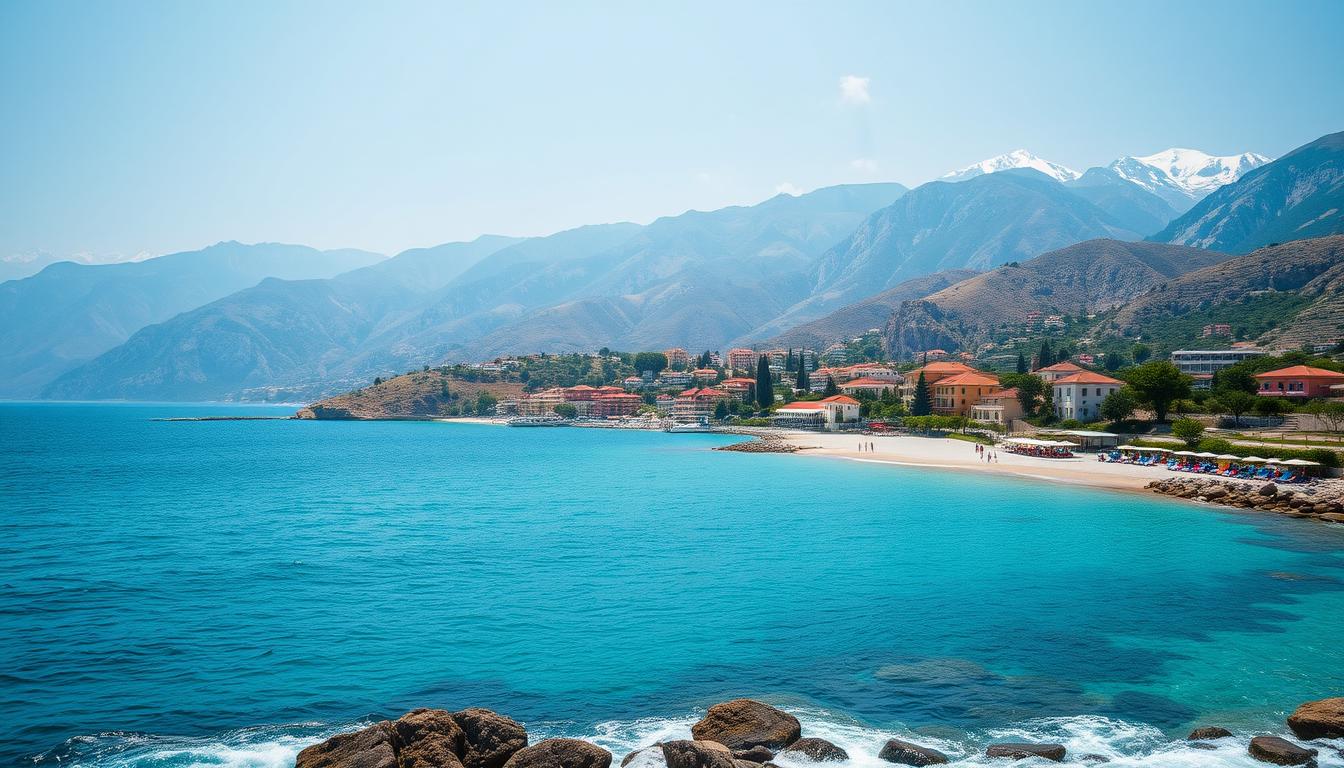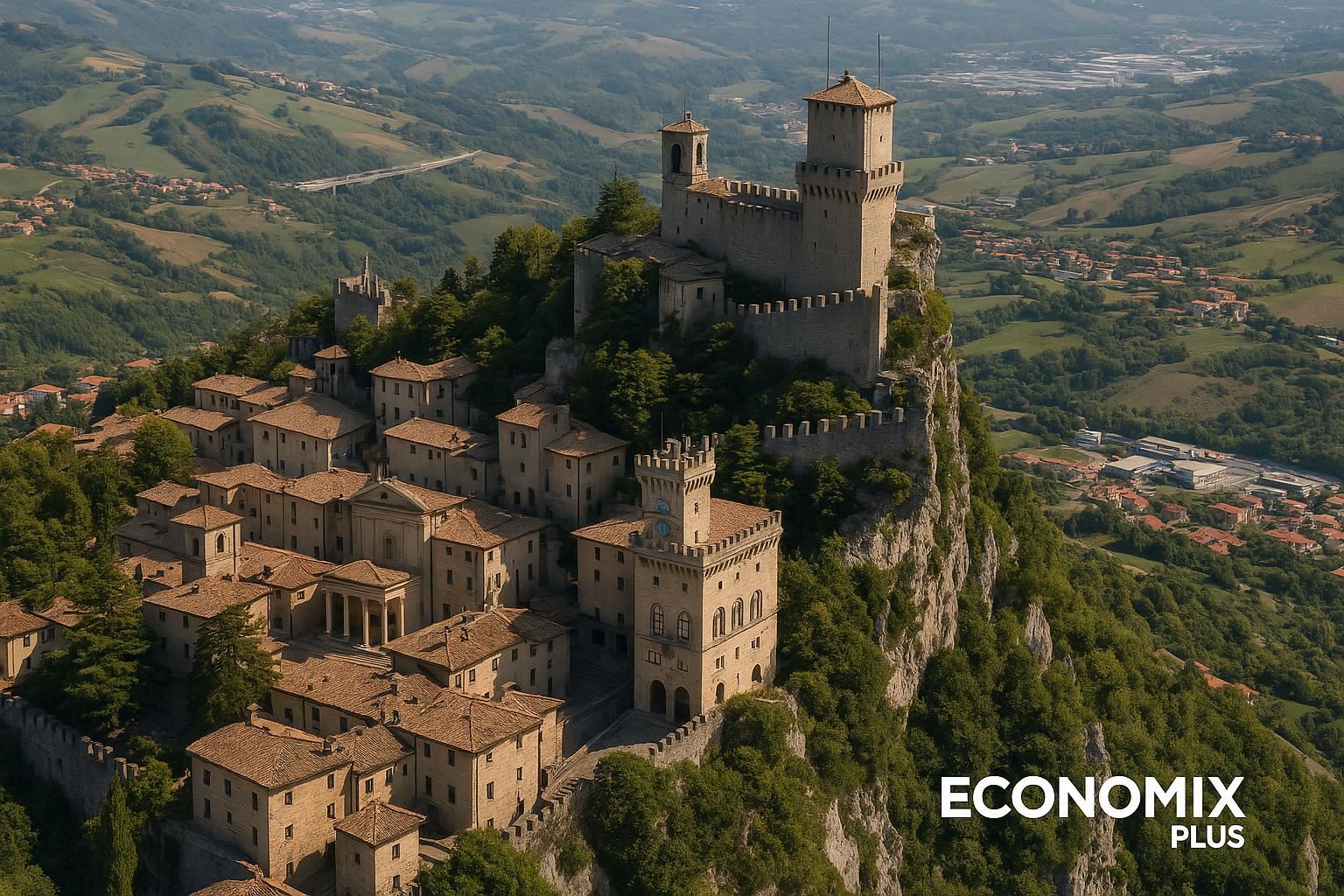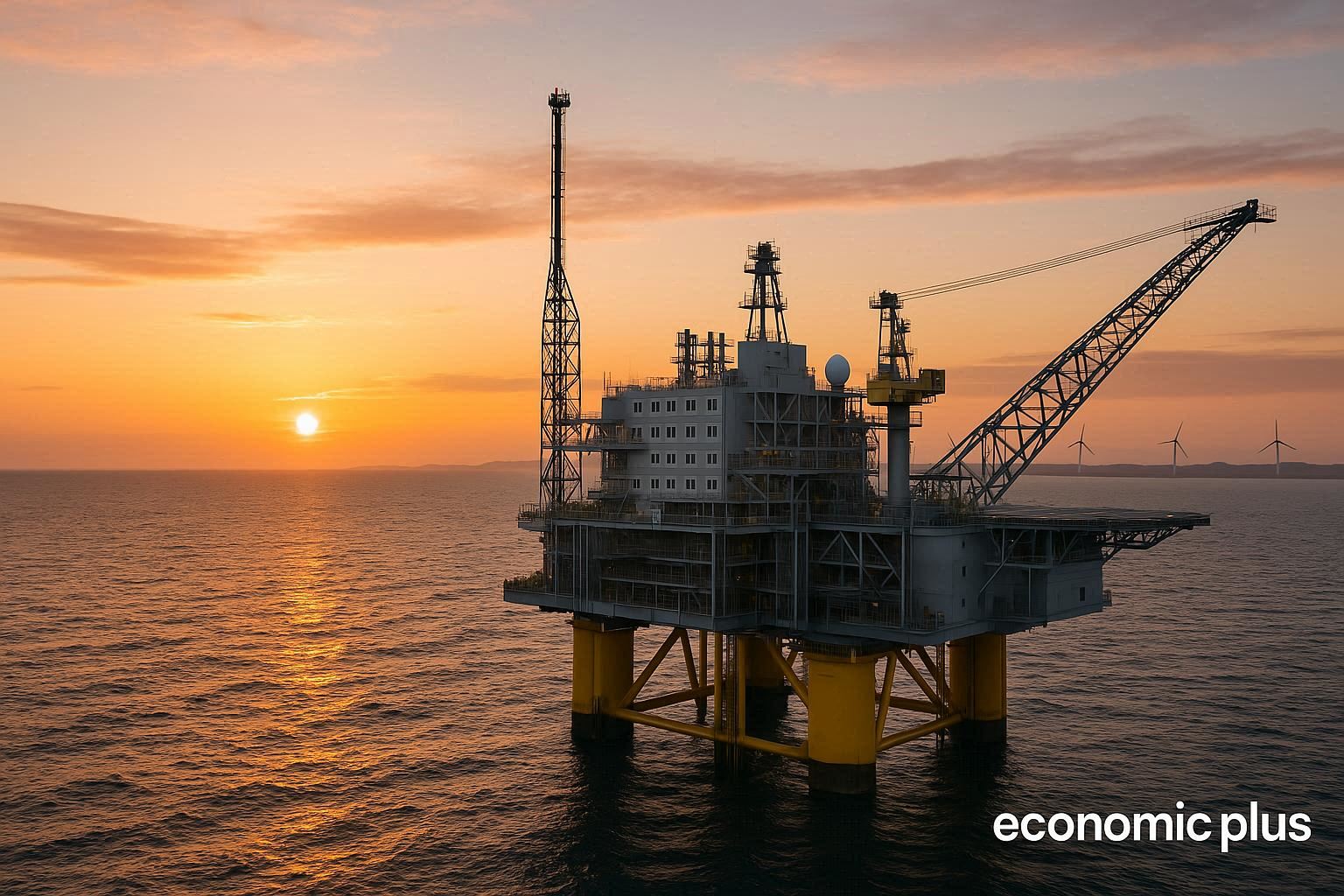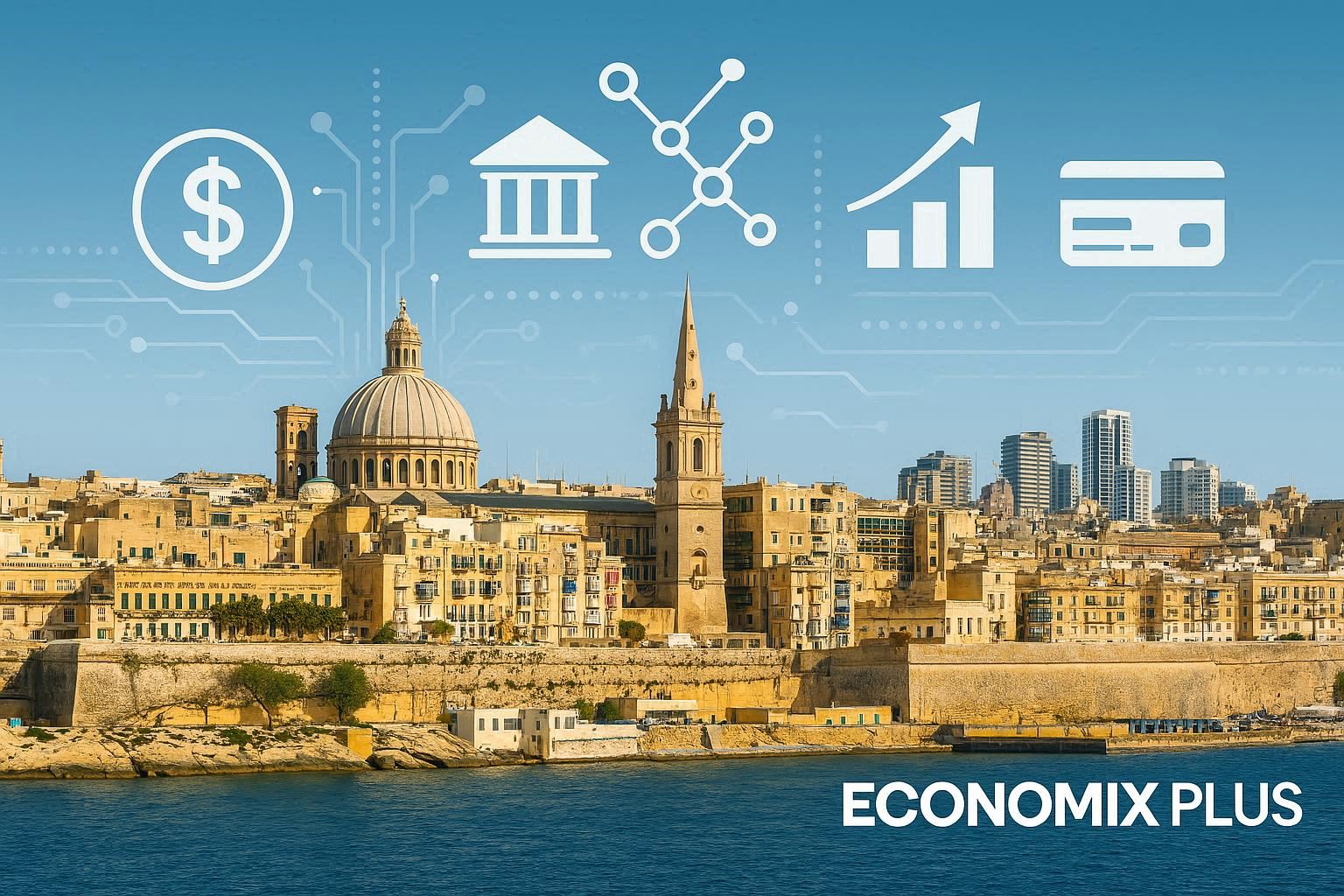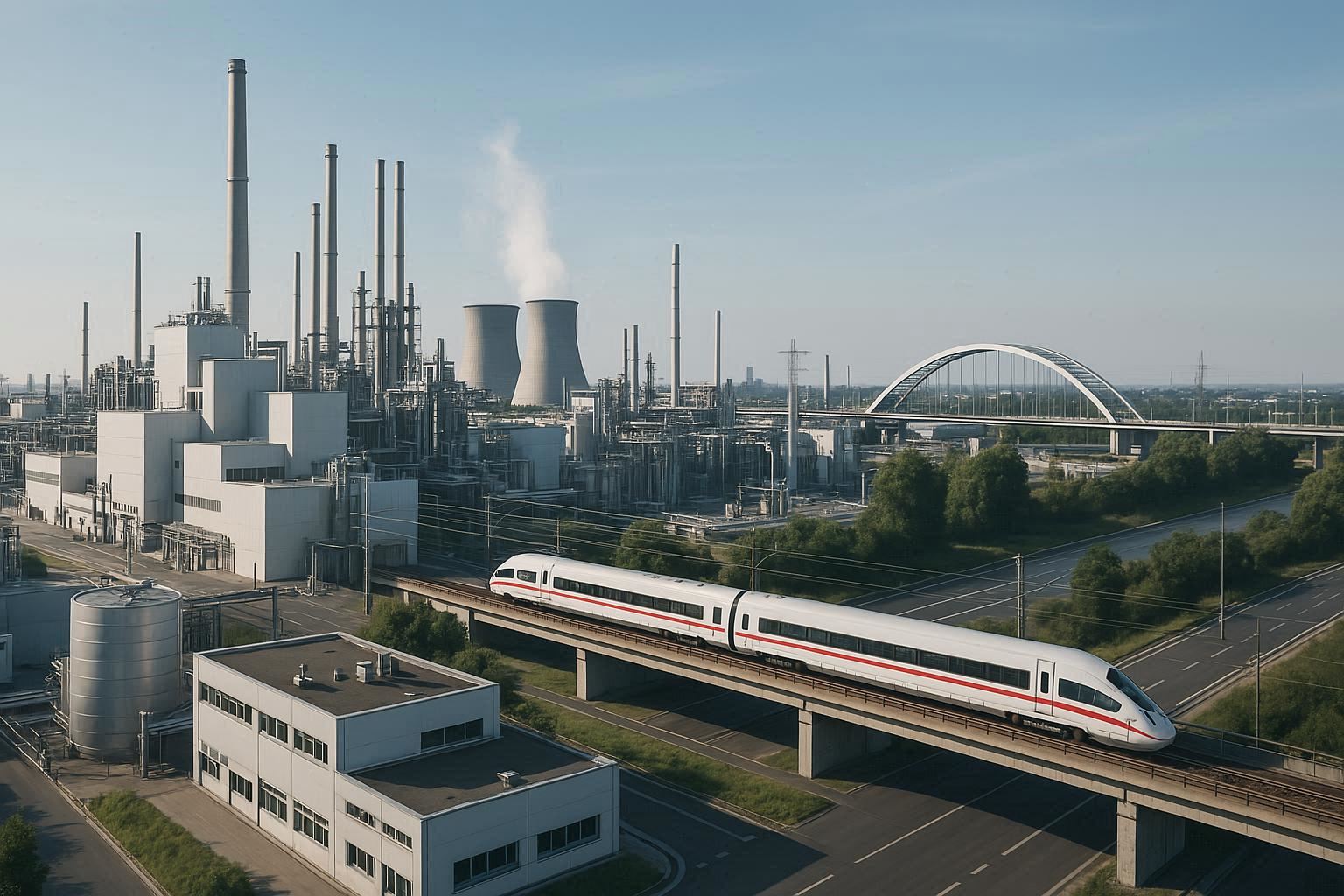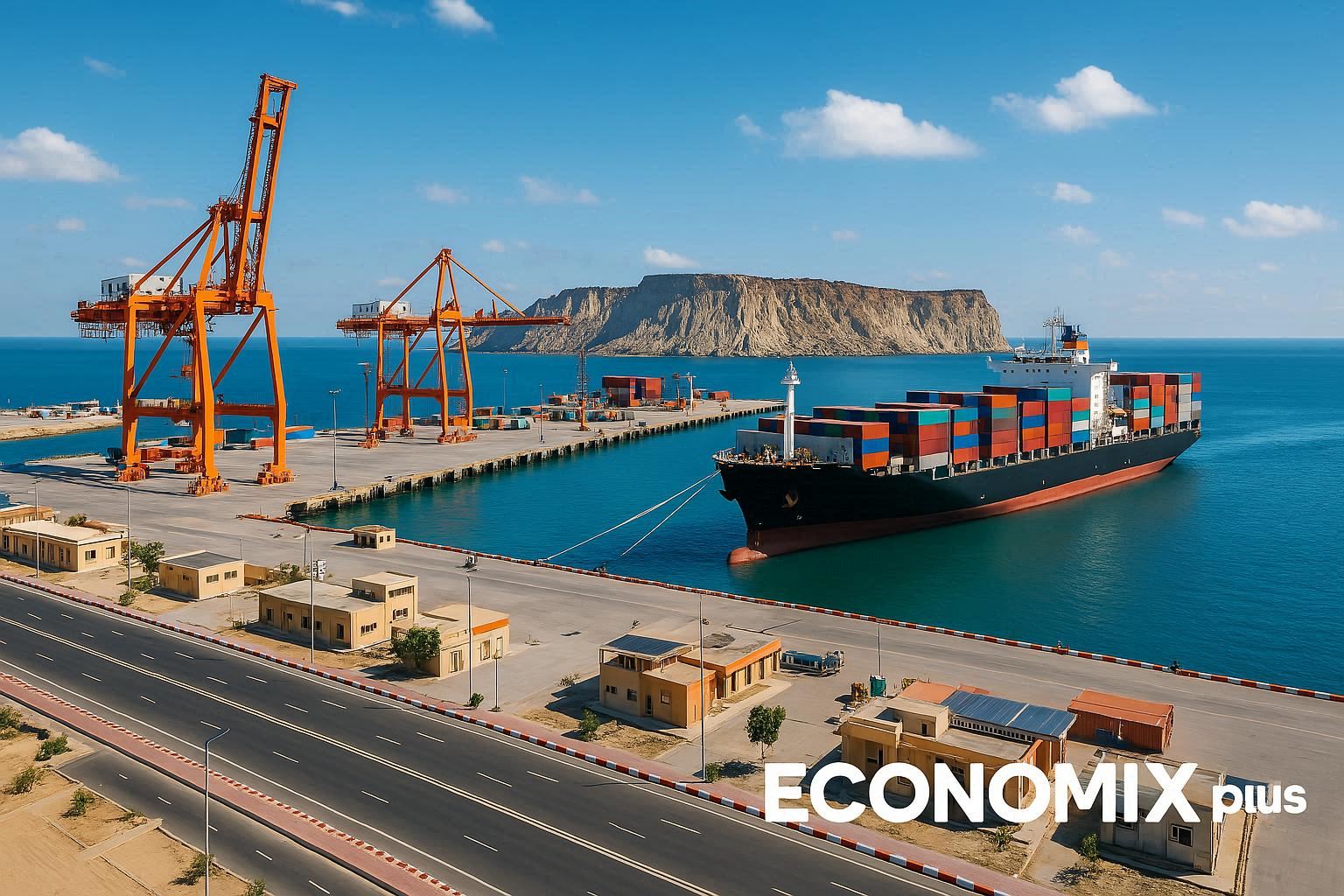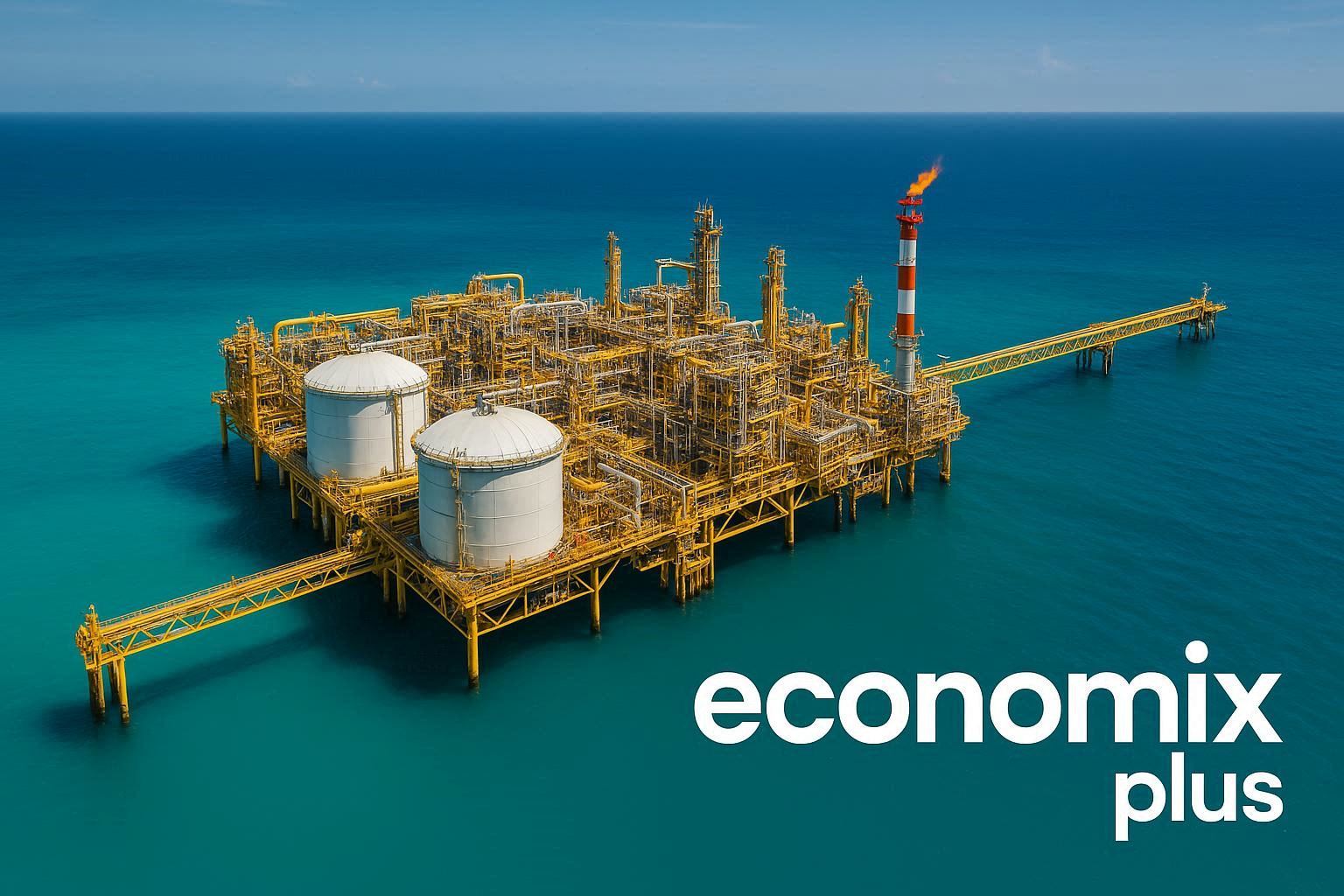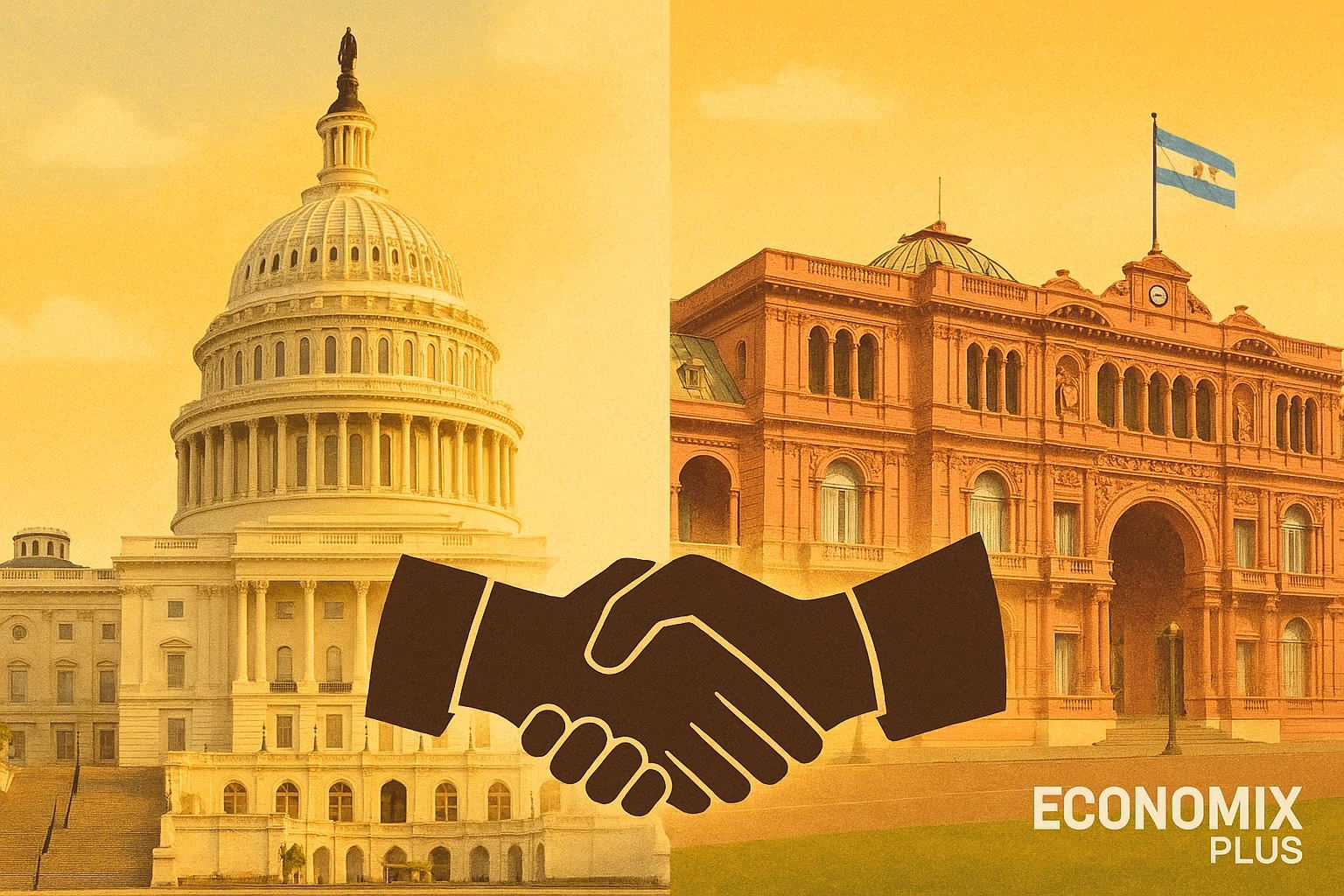For decades, Albania remained isolated from the world, shrouded in mystery behind the Iron Curtain. Yet, in recent years, this Balkan country has emerged as Europe’s “hidden gem.” The keyword ‘holidays in Albania’ has seen a dramatic rise in interest, with Google Trends data showing a more than 387% increase in search volume in July 2024 compared to July 2022.
But what sparked this growth in albania tourism? As international travelers seek authentic experiences, Albania’s pristine beaches, rich history, and vibrant festivals have captured the attention of travel enthusiasts worldwide. The country has become a sought-after destination, praised for its affordability and untouched beauty.
Key Takeaways
- Albania’s transformation from an isolated nation to a thriving tourism destination.
- Significant increase in search volume and visitor numbers over the past two years.
- Factors contributing to Albania’s tourism boom, including economic impacts and social media influence.
- The role of celebrity endorsements in promoting Albania as a travel destination.
- Infrastructure challenges and their impact on Albania’s tourism growth.
Albania’s Emergence as Europe’s Newest Tourism Destination
In recent times, Albania has emerged as a new favorite among tourists, transforming from a closed communist state to a vibrant tourism hotspot. This transformation has been remarkable, with the country’s rich history, stunning landscapes, and warm hospitality attracting visitors from around the world.
From Iron Curtain Isolation to Tourism Hotspot
After decades of isolation under the Iron Curtain, Albania gradually opened up to the world following the fall of communism. Although initial tourism development was slow due to infrastructure challenges and the exodus of working-age Albanians, the country has made significant strides in recent years. The result is a tourism sector that is now experiencing rapid growth.
Record-Breaking Visitor Numbers
The numbers tell a compelling story: in January 2023, 377,211 international travelers visited Albania, almost double the number from the same period in 2022. Domestic tourism has also surged, with a 75% increase in domestic tourists from January 2022 to January 2023.
2023-2024 Tourism Statistics
- 4.5 million foreign visitors in the first six months of 2024, marking a 34% increase compared to the same period in 2023.
- A 141% increase in daily flight traffic since 2019, demonstrating Albania’s growing connectivity.
Comparison to Pre-Pandemic Levels
The 141% increase in daily flight traffic since 2019 highlights that Albania’s tourism growth is not just a post-pandemic recovery but represents genuine market expansion. 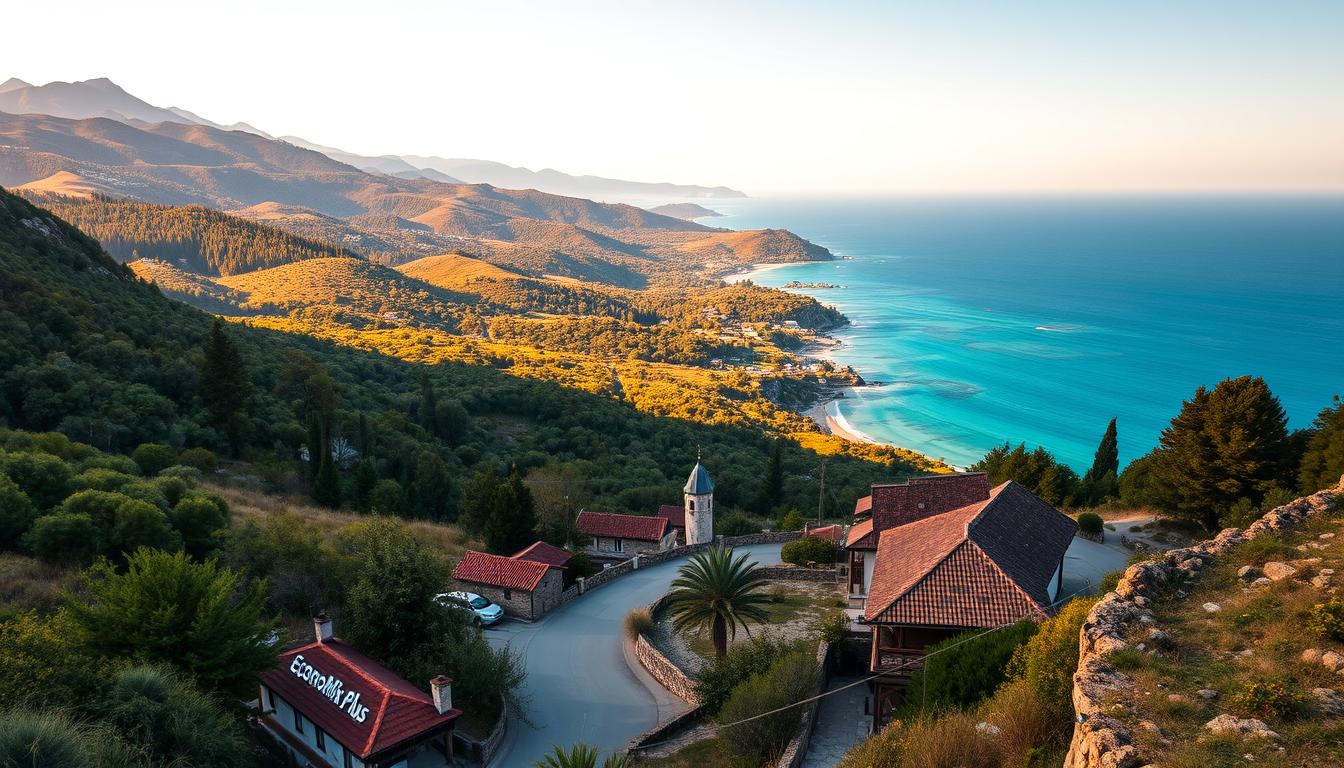
What Explains the Sudden Success of Tourism in Albania
The sudden rise of Albania as a premier tourist destination has left many wondering about the factors behind this phenomenon. Several key elements have contributed to Albania’s newfound popularity in the tourism world.
Social Media and Digital Marketing Impact
Social media platforms have played a crucial role in transforming Albania’s global visibility. TikTok and Instagram have become powerful marketing tools, showcasing the country’s pristine beaches, historic sites, and affordable experiences to millions of followers worldwide.
TikTok and Instagram Influence
Influencers and content creators are turning away from overused locations, seeking fresh backdrops to engage their followers. Albania’s untouched beauty has made it an attractive destination for these creators.
Travel Bloggers and Content Creators
Travel bloggers have positioned Albania as an “undiscovered gem,” highlighting its authentic experiences that resonate with travelers seeking alternatives to overcrowded Mediterranean destinations.
The “Dua Lipa Effect” on Albanian Tourism
Global pop star Dua Lipa’s Albanian heritage has significantly raised Albania’s profile, particularly among younger generations. Her frequent promotion of the country has played a seismic role in putting Albania on the map.
Affordability and Value Proposition
Albania’s affordability compared to neighboring countries has made it an attractive destination during a period of global inflation. The country offers Mediterranean experiences at a fraction of the cost found in Italy, Greece, or Croatia.
| Destination | Average Daily Cost | Beach Quality |
|---|---|---|
| Albania | $30-$50 | Pristine |
| Greece | $60-$100 | Excellent |
| Croatia | $80-$120 | Excellent |
As shown in the table, Albania offers a compelling value proposition for travelers seeking a Mediterranean experience without the high costs associated with more established destinations.
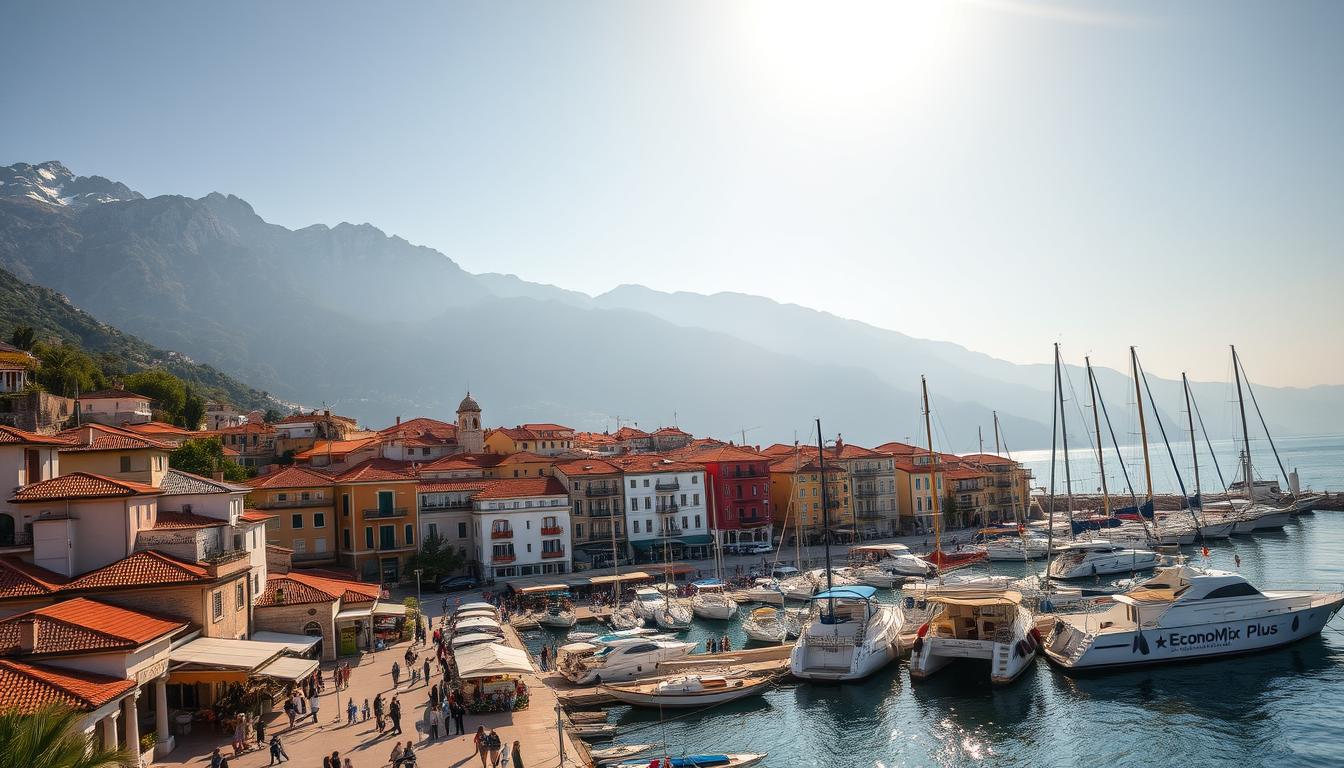
Economic Benefits of Albania’s Tourism Boom
Albania’s economy is benefiting greatly from the recent tourism boom, with various economic indicators showing significant improvement. The tourism sector has become a crucial driver of the country’s economy, contributing substantially to its growth.
Travel & Tourism’s Contribution to GDP
In 2023, the Travel & Tourism sector contributed almost L565 billion to Albania’s GDP, a remarkable 37% increase compared to the previous high point in 2019. This contribution represents one in four lek to the Albanian economy, underscoring the significant impact of tourism on the country’s economic growth.
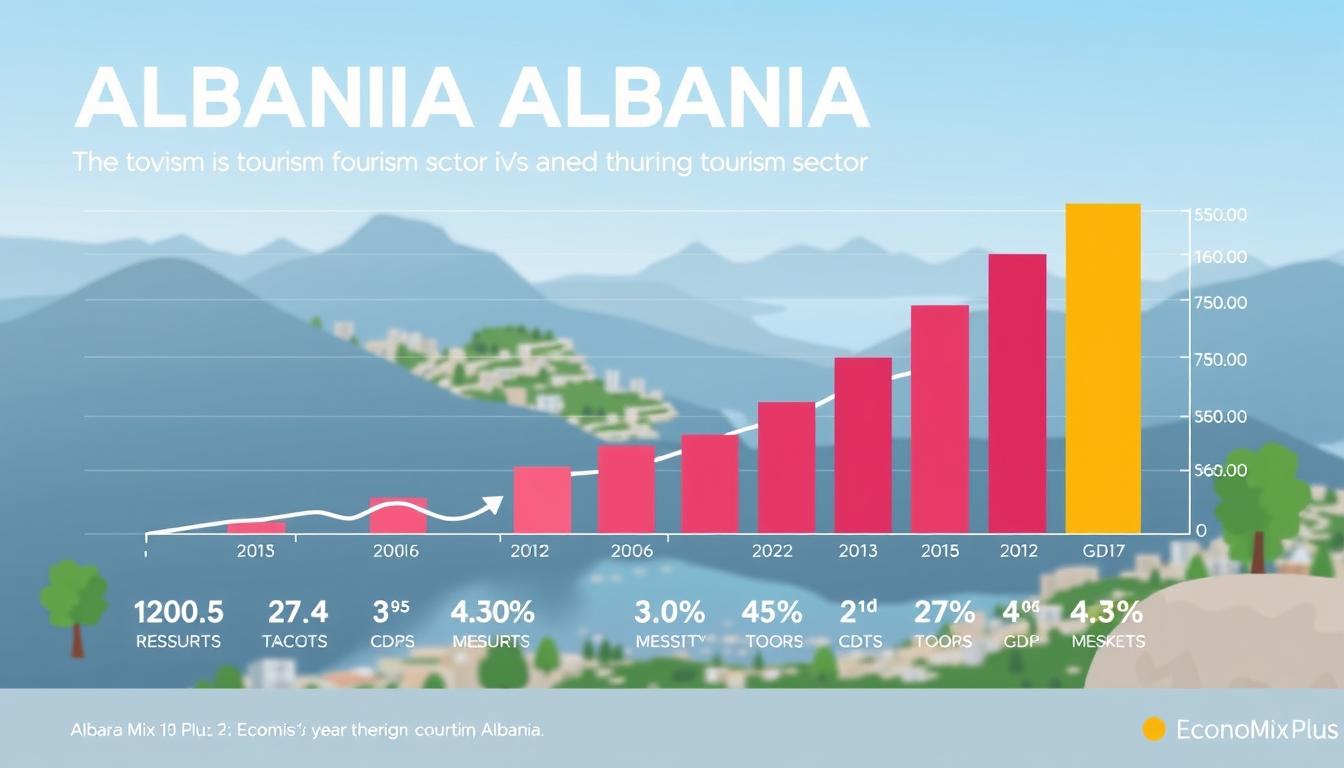
Job Creation and Employment Opportunities
The tourism boom has also led to a substantial increase in job creation. In 2023, the sector supported almost 269,000 jobs across the country, representing one in five jobs in Albania. This represents a more than 10% increase compared to 2019 levels.
Current Employment Statistics
As of 2023, the tourism sector supports approximately 269,000 jobs, providing employment opportunities for a significant portion of the Albanian population.
Projected Growth in Tourism Jobs
- The World Travel & Tourism Council forecasts an additional 10,000 jobs in the tourism sector this year.
- Long-term projections suggest that the sector will employ more than 314,000 people by 2034, representing one in four Albanian residents.
This growth in tourism jobs is expected to continue, providing further economic opportunities for the people of Albania.
Albania’s Economic Resilience During Regional Uncertainty
Despite the economic challenges triggered by Russia’s invasion of Ukraine, Albania has emerged as a success story. The country’s economy has shown remarkable resilience in the face of regional uncertainty. This resilience is reflected in several key economic indicators.
Low Inflation Rates Compared to European Neighbors
Albania maintained one of the region’s lowest inflation rates in 2022, with inflation peaking at 8.3% in October. This is significantly lower than the double-digit rates experienced by many neighboring countries. The hydropower sector played a crucial role in controlling inflation by providing some insulation from the energy crisis, despite challenges from low water levels affecting production capacity.
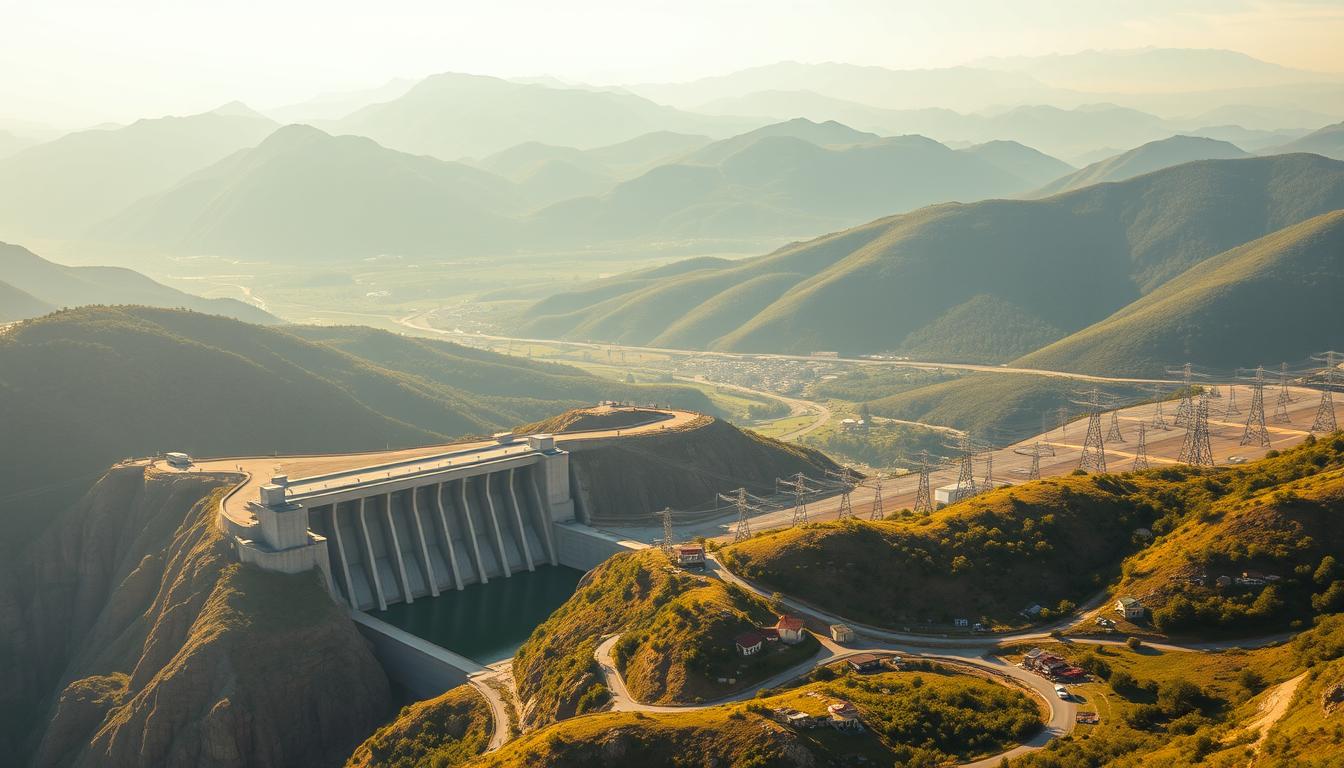
Strong Currency Performance and Economic Stability
The Albanian lek has reached a record high against the euro, contributing to economic stability. This currency strength has made imports more affordable, helping to keep inflation levels relatively low. According to the World Bank, Albania is projected to be among the fastest-growing economies in Southeast Europe, with economic growth forecasted at 2.8% in 2023, accelerating to 3.3% in the following two years.
The World Bank’s projections underscore Albania’s economic growth potential and its ability to navigate regional economic challenges. With a stable economy and favorable growth prospects, Albania is poised to continue its positive trajectory.
Infrastructure Challenges and Sustainable Development
The rapid growth of tourism in Albania has highlighted the need for improved infrastructure. Decades of isolation followed by a significant workforce exodus have left the country with developmental limitations, affecting its ability to accommodate the rising number of tourists.
Transportation and Accommodation Limitations
Albania’s transportation infrastructure is characterized by poor road conditions and scarce public transportation options, impacting visitor experiences and limiting access to certain regions. The accommodation sector also faces challenges, with options remaining relatively basic compared to neighboring Mediterranean destinations. This creates a mismatch between visitor expectations and available facilities, particularly for luxury travelers.
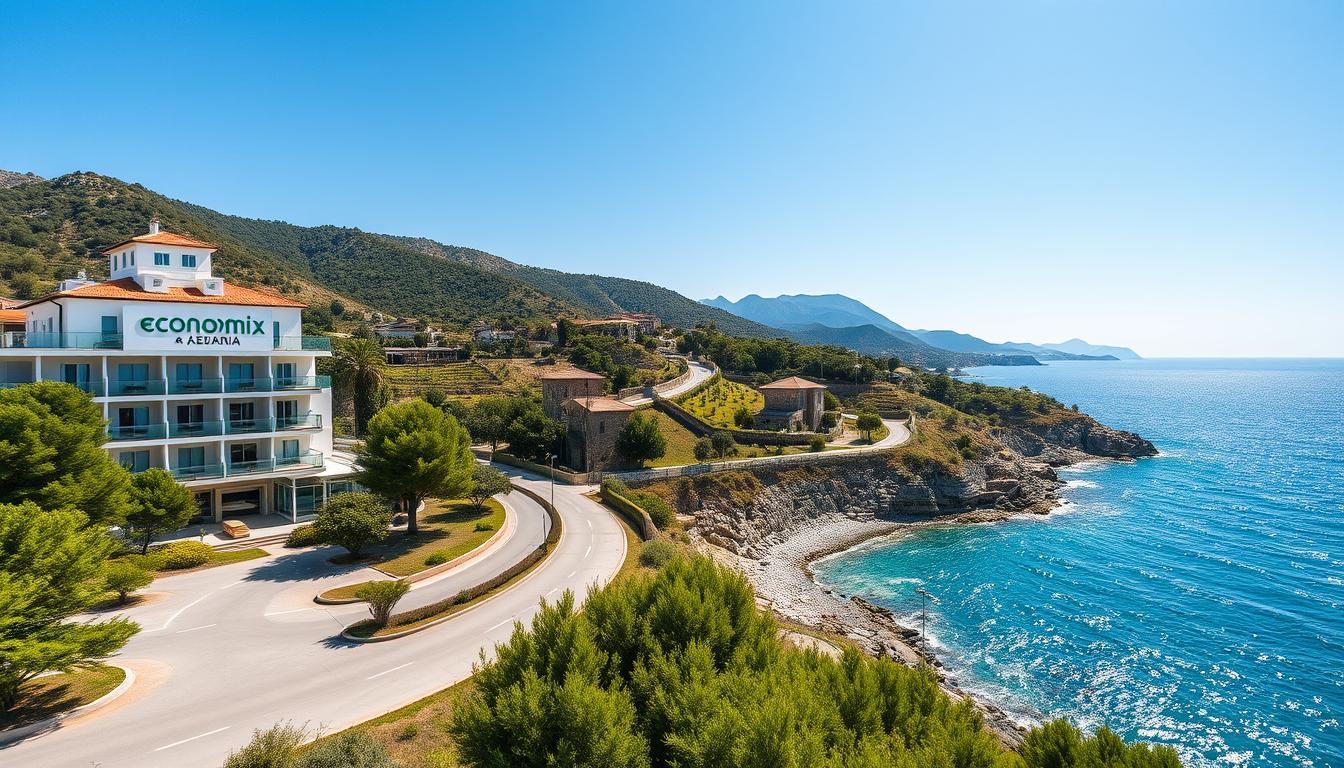
Balancing Mass Tourism with Quality Experiences
The Albanian government is focused on developing “high-end tourism,” as stated by Tourism Minister Mirela Kumbaro, who aims to attract quality tourists rather than mass-market beachgoers. However, Albania’s affordability makes it attractive to a broader demographic, including budget-conscious travelers and young festival-goers.
Government Strategy for “High-End Tourism”
The government’s strategy involves promoting quality over quantity, focusing on sustainable tourism practices that preserve the environment and local culture.
Risk of Overtourism
Despite the government’s aspirations, there’s a risk of overtourism, which could negatively impact local communities and environments. Balancing the growth of tourism with sustainable practices is crucial for the long-term success of Albania’s tourism sector.
Conclusion: The Future of Albanian Tourism
Albania’s emergence as a major tourism destination is a result of its strategic marketing efforts and the country’s inherent attractions. The convergence of social media visibility, celebrity endorsements, affordability, and post-pandemic travel trends has transformed Albania into one of Europe’s fastest-growing tourism markets.
The World Travel & Tourism Council forecasts that tourism will contribute L749 billion to Albania’s GDP by 2034 and employ more than 314,000 people, representing one in four Albanian residents. To capitalize on this growth, Albania must strike a balance between embracing tourism and preserving its authentic experiences and unspoiled environments.
As the country continues to develop its tourism sector, strategic planning and sustainable development are crucial to avoid the pitfalls of overtourism. By doing so, Albania can position itself for long-term success in the competitive global tourism market, maintaining its status as a hidden gem.
